Prepare a feast of foraged weeds.... Some strange looks, but it's definitely worth it.
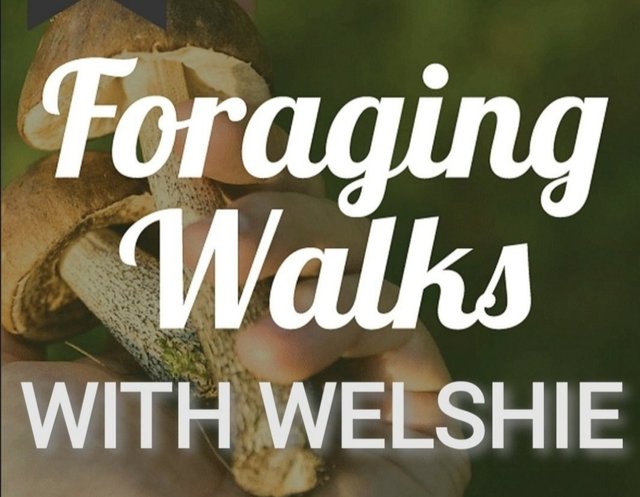
For most, the idea of hunting and gathering is a thing of the past. However, this Covid-19 crisis is causing some to turn to the natural food resources that lie in their back gardens. I've always been an avid gardener, and over these past few weeks, I've tried to share with you all some handy hints ant tips.
Although I have touched on this subject before in previous posts, for today's blog I'm going to cover specifically some of the very useful "weeds" you can find and eat, straight from your garden(or very close by).
It has been an unusually hot April morning in what is usually a dull and wet Wales. The fields, now in full bloom, are bursting in brilliant yellows, whites and purples. Armed with a wicker basket and lifetime of knowledge for foaging for Wild Foods, I scanned the local countryside for the ingredients to my first-ever foraging taster menu.
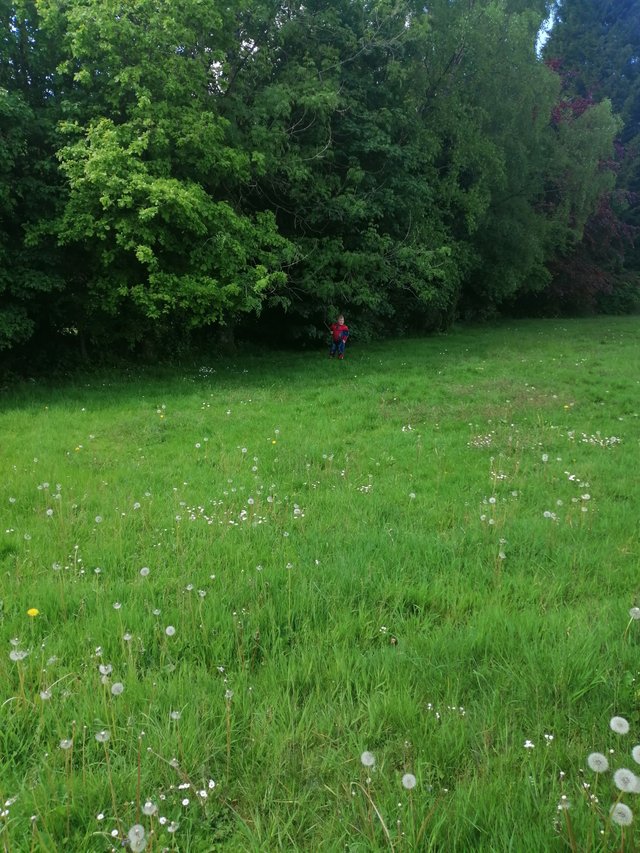
On the menu this evening, we will be serving stinging nettle soup; gnocchi with dandelion leaf pesto; wild garlic and stinging nettle ravioli; and, for dessert, dandelion flower cookies.
I know... I know... I know... It sounds far too good to be true, but honestly, given the right location, these basic ingredients can be sourced, picked and prepared in under an hour.
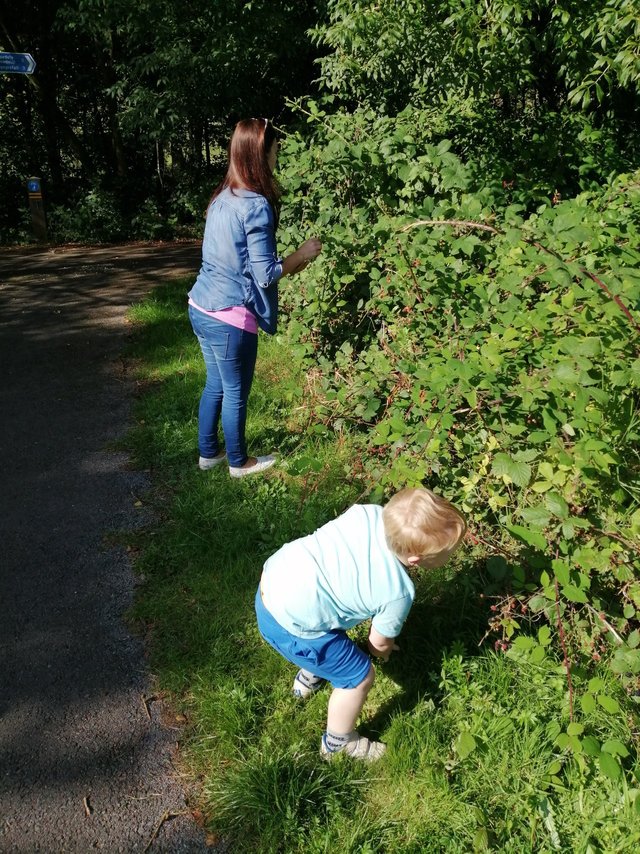
A blog from 8 months ago shows, the then full @welshstacker clan, out picking blackberry for a tasty desert. You can read that blog HERE - a family that picks together, sticks together
The rural Welsh countryside is a prime location for a culinary adventure and as far back as I can remember, I've always been a "hunter/gatherer", without even realising. Some of my earliest memories are of foraging wild blackberries with my Dad. Our quest for the sweetest wild fruit led us to our local hedgerow next to a small patch of green which, between August and October, would burst with swollen blackberries.
Under strict instructions, I’d carefully manoeuvre my way around the thick, sharp brambles, my eyes scanning for the darkest and shiniest berries of them all. My Dad had learned from his mother – who would forage wild fruits and plants as a supplement to the meagre food rations during the war. The first piece of advice I can now pass on to you lot is that the plumper, darker berries were the sweetest. Those juicy crimson-purple morsels would often be turned into blackberry crumble, the perfect sweet finish to a Sunday roast dinner. These days Mrs @welshstacker is partial to making the most amazing flan, and blackberry season can't come quick enough now.
The ritual of summer blackberry picking continued right throughout my childhood. But once I left home to start my adult life, foraging for wild foods became nothing more than a nostalgic memory. For the entirety of my university years, most of my ingredients, if not all, came plastic-wrapped from a supermarket shelf, or in liquid form at about 5.5% alc per volume.
I didn’t know it at the time, but it would take a global pandemic – and a yearning to recreate my foodie adventures from around the world – for me to dust off my foraging basket and enjoy the beautiful Welsh countryside that I’m lucky enough to have right on my doorstep.
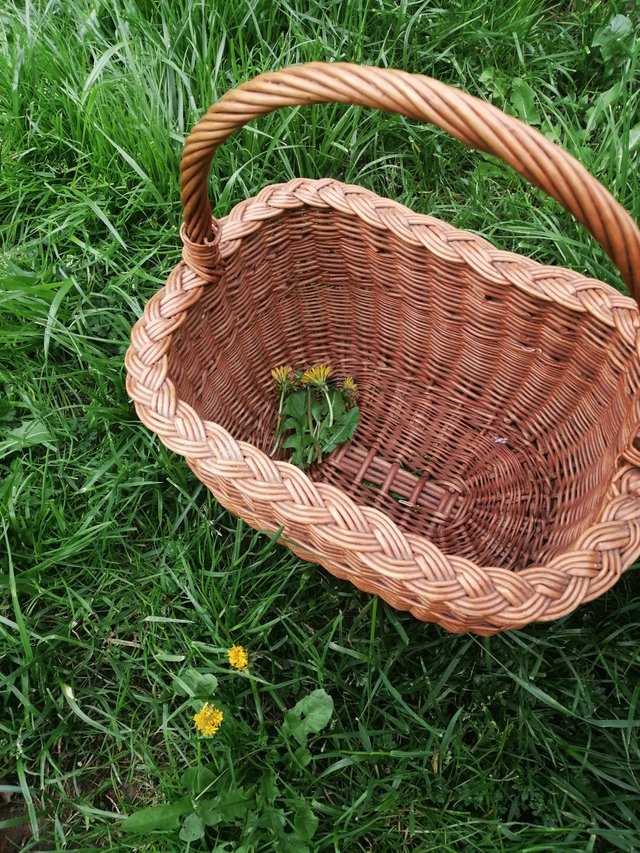
Just a five-minute walk from my house, I spotted what I was after. I approached the fierce-looking weed, its leaves armed with thousands of needle-sharp hairs. My foraging brain encyclopedia referred to the plant as "urtica dioica", but flashbacks of falling into a ditch and emerging with my arms and legs covered in a blistering rash when I was 10 confirmed my suspicions......
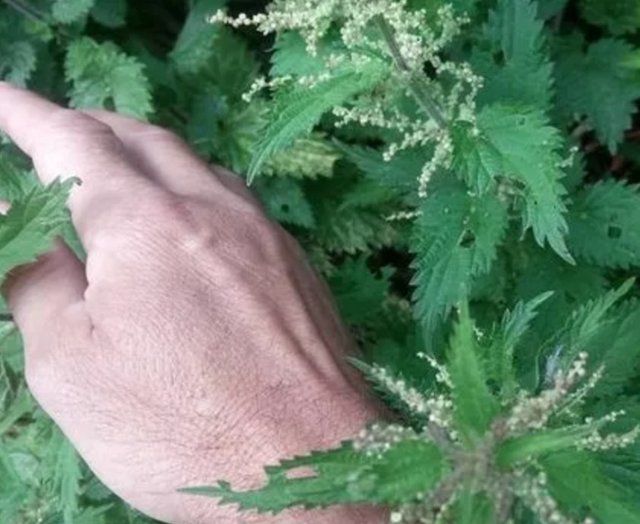
This was, what is commonly known as stinging nettle. I put on my gloves and pinched the base of the stingers, gently detaching the leaves and placing them in the safety of my forager’s basket.
A curious dog-walker, intrigued at the sight of a young man (wearing a bright pink t-shirt) and "spiderman", waist-deep in stinging nettles, asked me what I was doing, from a safe distance. When I responded that I was foraging nettles for soup and ravioli, she scrunched her face in disapproval. “I’m not sure that sounds appetising,” she said, and continued on her way.
The dog-walker’s response isn’t uncommon. foraging for wild foods, particularly weeds with a knack for piercing your skin and injecting it with burning chemicals, isn’t widespread in Wales nowadays, but there was a time in the UK when every person’s life depended on it.
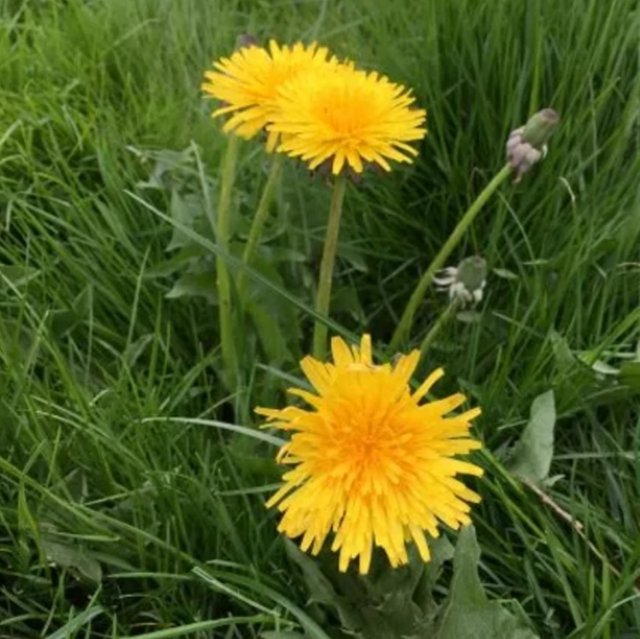
I found my next ingredient, easily recognisable by its sunshine-yellow flower, just a few metres away from the stinging nettles. Undeterred by the dog-walker’s comment, I filled my wicker basket with dozens of dandelions, a common weed whose leaves, stem, flower and root have been used for their purported nutritional and medicinal value for thousands of years.
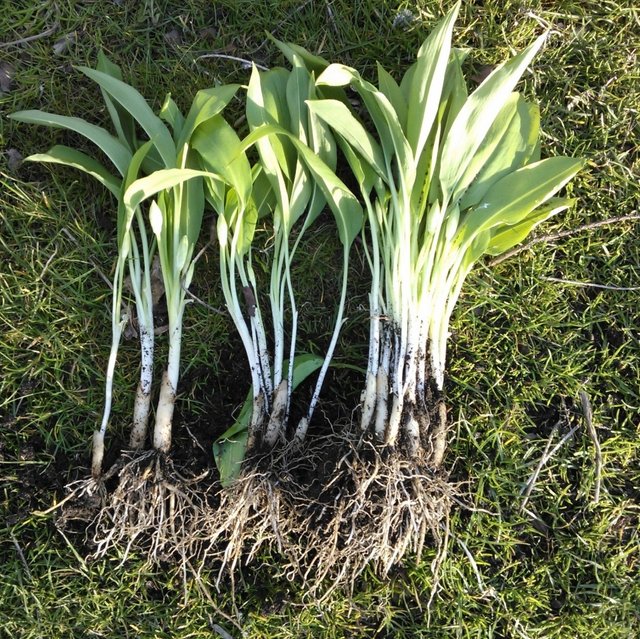
The nearby wood, blanketed in lilac and cobalt-coloured bluebells, provided a bountiful supply of wild garlic, a delicate white-flowered plant whose fragrant leaf I planned to use to season my stinging nettle ravioli and dandelion pesto.
My basket now filled to the brim, I returned home to prepare my foraged feast, but that's a blog that will have to wait for another day. If there is an interest, then I'll share some recipes and helpful cooking techniques.
I'm so inspired! I have no forest close by but there is dandelion which I too made pesto with. Thanks for the reminder!
nice post-like the peace of life
Sounds like a wonderful meal i'd be round for tea if it weren't for this social distancing stuff haha. Got a freezer full of wild garlic yummy 💯🐒
How do you know when the weeds are safe to eat? Other than being able to distinguish the flowers, is one dandelion safer than another?